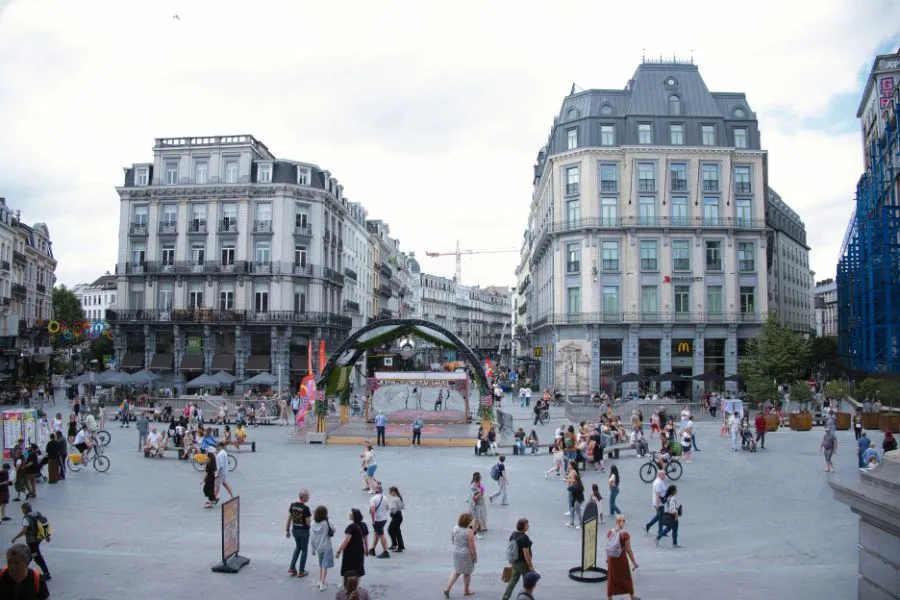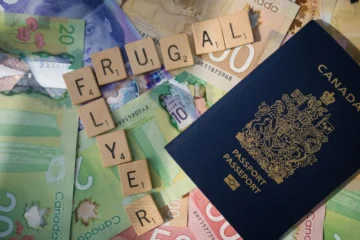Belgium attracts skilled workers with its central European location, multilingual business environment, and strong public services. Many professionals land in Belgium on a work permit and then consider whether a longer-term settlement is a realistic option. In short, yes; a work visa can lead to permanent residency in Belgium, but the route requires uninterrupted legal residence, stable income, and evidence of integration.
This guide explains how the system fits together, what employers and employees must do, and what pitfalls to avoid.
Key Takeaways
How Belgium’s work-to-residence framework is organised
Belgium uses a combined approach that links residence permits directly to employment status. The Single Permit combines both residence and work authorization in a single administrative file, simplifying initial entry for non-EU nationals. Highly skilled workers may access the EU Blue Card, which confers broader European mobility and certain advantages when applying for long-term residence.
Seasonal, short-term, or project-based work is governed by separate schemes that generally do not create a path to permanent residency. Municipal authorities issue residence cards while the federal Immigration Office oversees rights and permanent status.
Turn Your Work Visa Into a Path to Belgian PR — Fill the Form!
We connect you with trusted immigration experts who simplify the entire process — from paperwork to approval.
Employers, local communes, and regional employment services all play parts in the process, so the applicant’s legal status is the product of several coordinated steps rather than a single visa stamp.
Major visa categories for foreign workers
There are three categories most relevant to professionals aiming for long-term residence. The Single Permit is intended for workers with an employment relationship that exceeds ninety days, and it bundles the work permission with the residence permit.
The EU Blue Card targets graduates and professionals with high qualifications and a contract meeting a salary threshold; it is particularly useful for those who foresee movement among EU member states.
Also Read: How to Study in Germany for Free as an International Student in 2026
The professional card applies mainly to self-employed third-country nationals who plan to run a business in Belgium. Each category sets different thresholds for qualifications, salary, and employer sponsorship, so choosing the right route at the outset matters for later PR eligibility.
Who is eligible for a Belgian work permit
Eligibility differs by permit type, but common elements include a valid job offer, documentation of academic credentials where relevant, and proof that remuneration meets the legal or sectoral standard.
For the EU Blue Card, applicants normally need a higher education diploma and a signed employment contract with a salary above a nationally set threshold. For Single Permits, employers often must demonstrate that no suitable candidate from Belgium or the EU could fill the post, although exceptions exist for shortage occupations.
Background checks and clean criminal records are standard. Language skills are not always mandatory for permit issuance, but they influence integration assessments later in the PR process.

Step-by-step transition from work permit to permanent residency
The statutory path to long-term residence requires five years of continuous legal residence in Belgium. Continuous means that absences from Belgium do not exceed set limits, typically no more than six consecutive months or ten months in total during the five-year window, subject to some exceptions for study or professional assignments.
The basic progression looks like this. Obtain a valid work permit and residence card, extend as required while keeping employment active, apply for renewal of residence documents via the commune and immigration authorities, and after five uninterrupted years, submit an application for long-term resident status at the local commune with supporting proof of residence and income.
Also Read: Schengen Visa Goes Digital: What to Expect by 2028
Holders of the EU Blue Card may combine qualifying periods spent in other EU member states under specific rules, which can accelerate eligibility for certain types of long-term residence recognition.
Application process and required documents
Applications for initial work permits are typically employer-led, meaning the employer initiates the Single Permit application at the regional employment service. Once in Belgium, renewals and PR applications are handled at the municipal level.
For a permanent residency application, the usual documentary package includes a valid passport, current residence card, proof of five years continuous residence such as rental contracts and registration records, employment contracts and pay slips showing stable income, proof of social insurance contributions, health insurance, and a criminal record certificate or police clearance from countries of previous residence.
Some communes request evidence of language skills or participation in integration measures; requirements can vary slightly between regions and municipalities, so applicants should check local guidance and keep all records up to date.
Typical timeframes and practical expectations
The five-year qualifying period is the central timing rule. Initial work permit processing can take several weeks to a few months, depending on the region and whether additional labour market checks are required. Renewals follow administrative timelines that are generally predictable if employment continues without interruption.

The municipal and Immigration Office processing for a long-term resident permit can stretch for months after submission, so applicants should apply well ahead of any planned travel or administrative deadlines. For EU Blue Card holders, the combined EU residence calculation can be helpful but requires careful documentation of time spent in different member states.
Common mistakes and practical risks
Frequent errors include allowing gaps between permits, not documenting temporary absences accurately, and underestimating the importance of declared income and social security contributions. Relying on short-term or precarious contracts weakens a PR application because authorities prioritise economic stability.
Another common problem is failing to register promptly with the commune after arrival, which creates discrepancies in residence history. Finally, assuming that a single employer-led formality guarantees a clear route to PR overlooks the multiple checks authorities apply when reviewing long-term status, especially on continuous residence and social security records.
Benefits of obtaining permanent residency via employment
Securing permanent residency brings significant advantages. Long-term residents receive more stable rights to work and live without repeated permit renewals. They gain easier access to social services and enjoy greater certainty when renting or buying property. Permanent status also simplifies family reunification.
Compared with temporary permits, permanent residency reduces bureaucratic friction and strengthens prospects for eventual naturalisation for those who wish to pursue Belgian citizenship.
Conclusion: Is the route practical for skilled workers
For professionals committed to a sustained career in Belgium, the work visa pathway to permanent residency is a practical and achievable option. The rules are transparent with the five-year benchmark providing clarity, but success depends on continuous legal presence, stable employment, and meticulous record-keeping.
Those who plan, secure stable contracts, and engage with both municipal and federal requirements will find the Belgian system navigable and rewarding for long-term settlement.
Reference: https://www.expatica.com/be/moving/visas/permanent-residency-in-belgium-270048/





